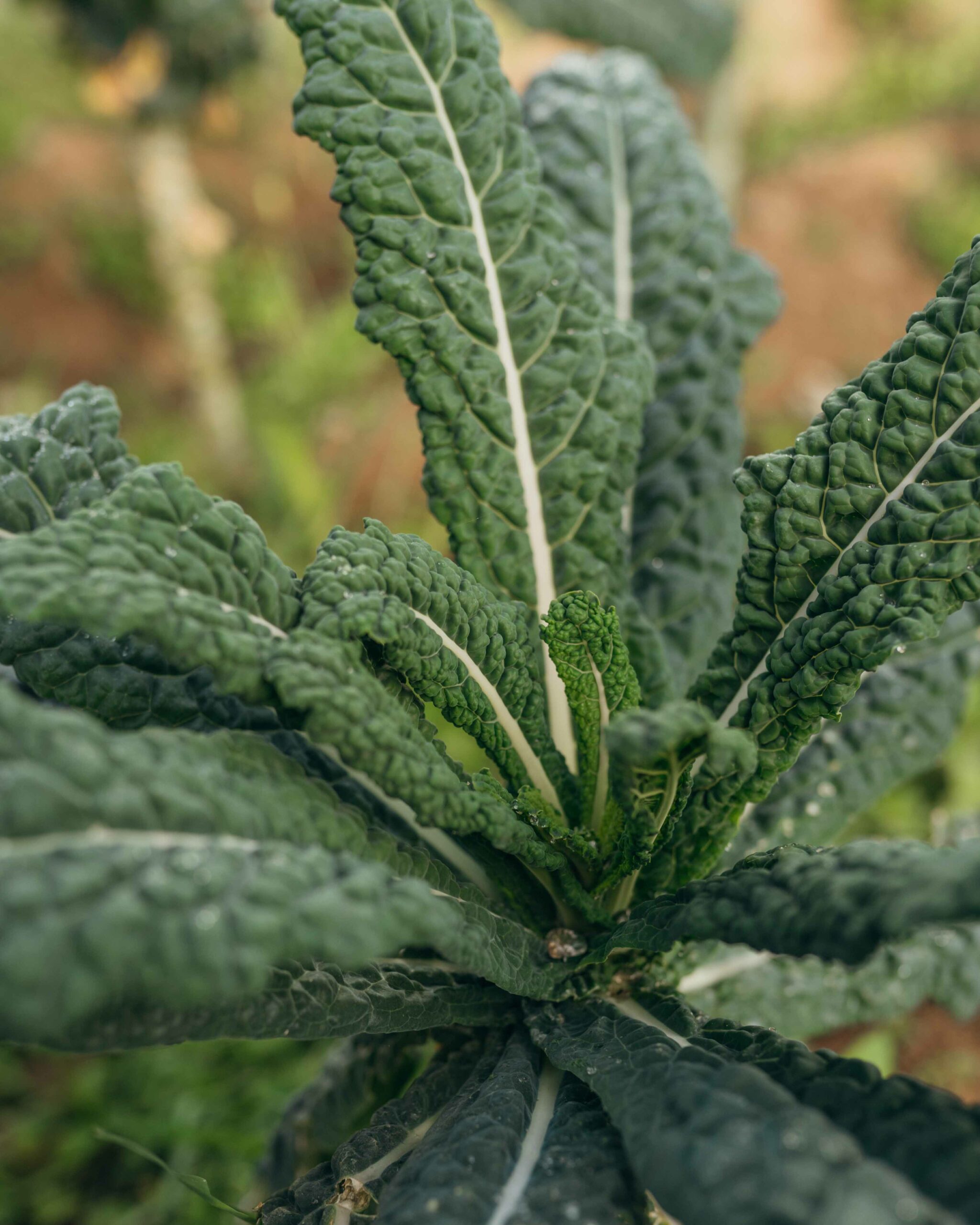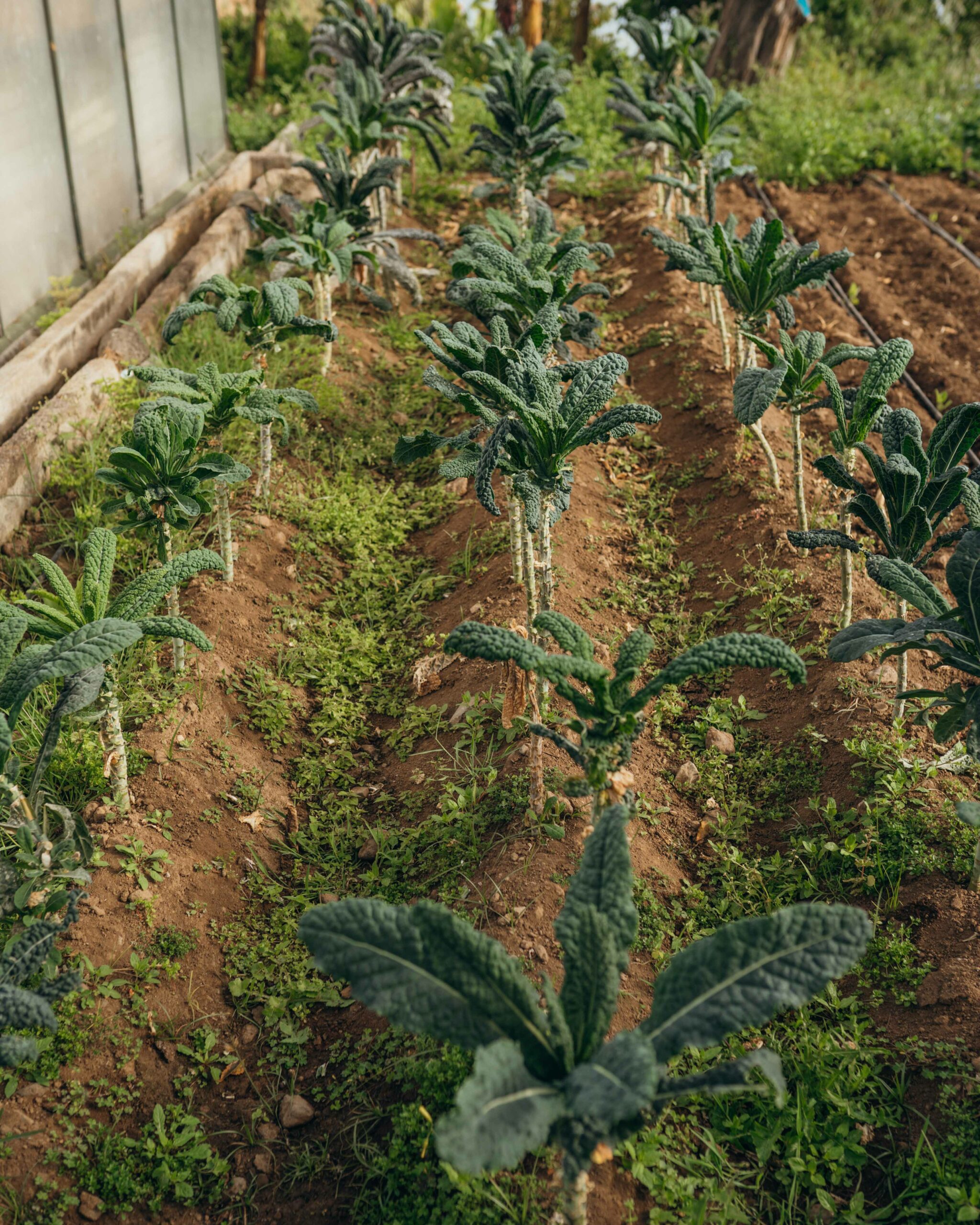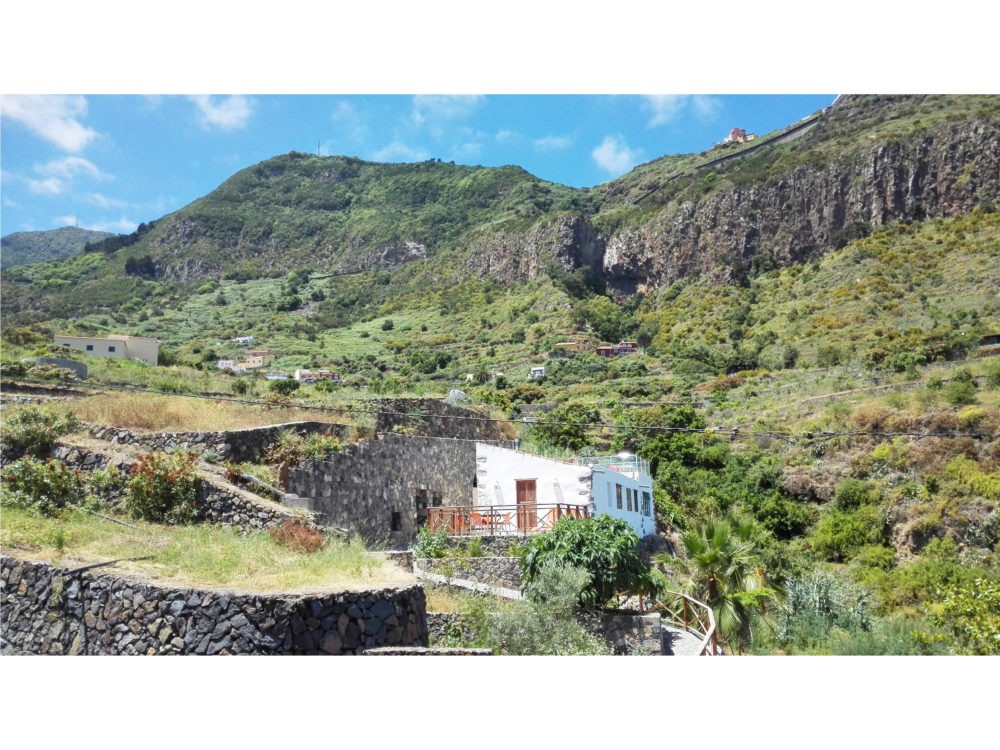Brassica oleracea var. palmifolia
Palmkohl (Schwarzkohl, Italienischer Kohl, Toskanischer Kohl)
Englische Bezeichnung: Dino Kale, Tuscan kale, Italian kale, Flat Back Kale, Palm Tree Kale, Black Tuscan Palm
Spanische Bezeichnung: Col rizada, Cavolo Nero
Familie
Kreuzblütengewächse (Brassicaceae)
Verwendbare Teile
Blätter
Hauptbestandteile
-
Mineralstoffe: Calcium, Eisen, Kalium, Zink
-
Vitamine: C, K, E, Beta-Carotin (Provitamin A)
-
Sekündäre Pflanzenstoffe: Antioxidantien: Flavonoide (Carotinoide), Quercetin, sowie krebsfeindlichee Senfölglycoside
Ernte-Hinweise:
Wenn immer die unteren Blätter geerntet werden, wächst der Grünkohl von der Mitte aus nach und man erhält eine reichere Ernte.
Verwendung:
Rohkost, Dünsten, Dampfgaren, Anbraten, Backen
-
z.B.: als Gemüsbeilage oder in Eintöpfen, Pasta-Gerichten, Salaten, Smoothies
Die dunklen Kohlblätter sind ein wahres Superfood! Neben den zahlreichen Vitaminen und Mineralstoffen enthält er auch ein hochwertiges Aminosäureprofil, Ballaststoffe und wertvolle sekundäre Pflanzenstoffe.
Family
Cruciferous Vegetables (Brassicaceae)
Parts Used:
Leaves
Key Constituents:
-
Minerals: Calcium, iron, potassium, Zinc
-
Vitamins: C, K, E, Beta-Carotene (Provitamin A)
-
Secundary plant substances: Antioxidants: flavonoids (carotenoids), quercetin, as well as anti-cancer sulfur-containing glucosinolate compounds, isothiocyanates and sulforaphane
Harvesting Guidelines:
If the lower leaves are harvested, the kale will regrow from the center and the harvest will be more abundant.
Use:
Raw, steaming, sautéing, baking e.g.: as a vegetable garnish or in stews, pasta dishes, salads, smoothies
The dark cabbage leaves are a true superfood! In addition to the numerous vitamins and minerals, it also contains a high-quality amino acid profile, fiber and valuable secondary plant compounds.
Familia
Verduras crucíferas (Brassicaceae)
Partes utilizadas:
Hojas
Constituyentes principales:
-
Minerales: Calcio, hierro, potasio, Zinc
-
Vitaminas: C, K, E, Betacaroteno (Provitamina A)
-
Sustancias vegetales secundarias: Antioxidantes: flavonoides (carotenoides), quercetina, así como compuestos glucosinolados que contienen azufre anticancerígenos, isotiocianatos y sulforafano.
Guía de cosecha:
Si se cosechan las hojas inferiores, la berza volverá a crecer desde el centro y la cosecha será más abundante.
Use:
Crudas, al vapor, salteadas, al horno
p.ej.: como guarnición de verduras o en guisos, platos de pasta, ensaladas, batidos
Las hojas de col oscura son un auténtico superalimento. Además de las numerosas vitaminas y minerales, también contienen un perfil de aminoácidos de alta calidad, fibra y valiosos compuestos vegetales secundarios.









































